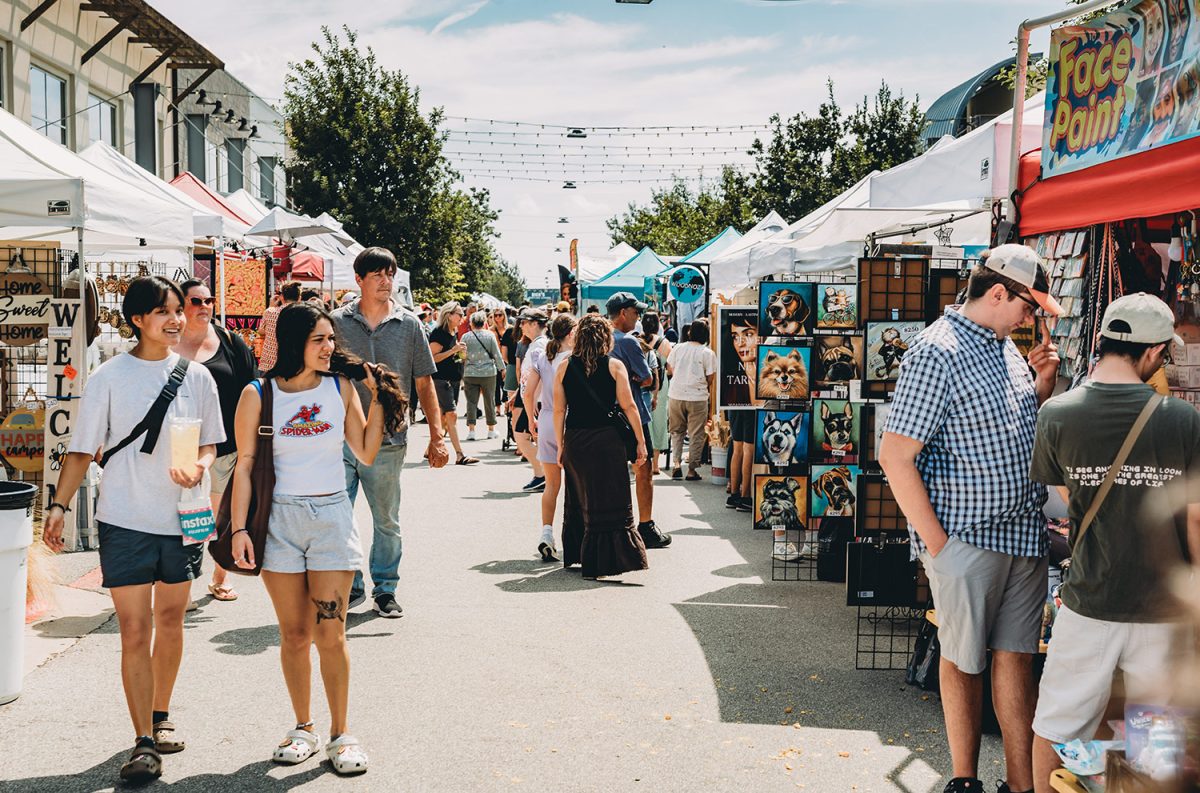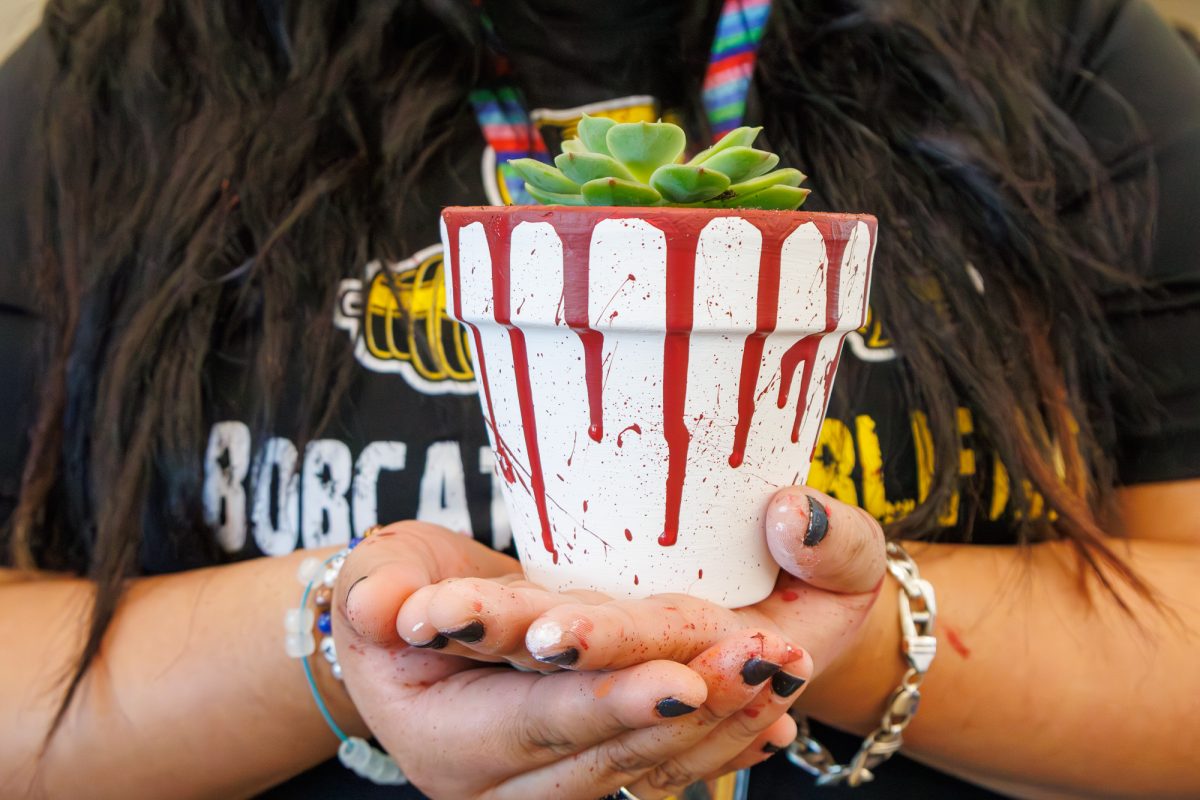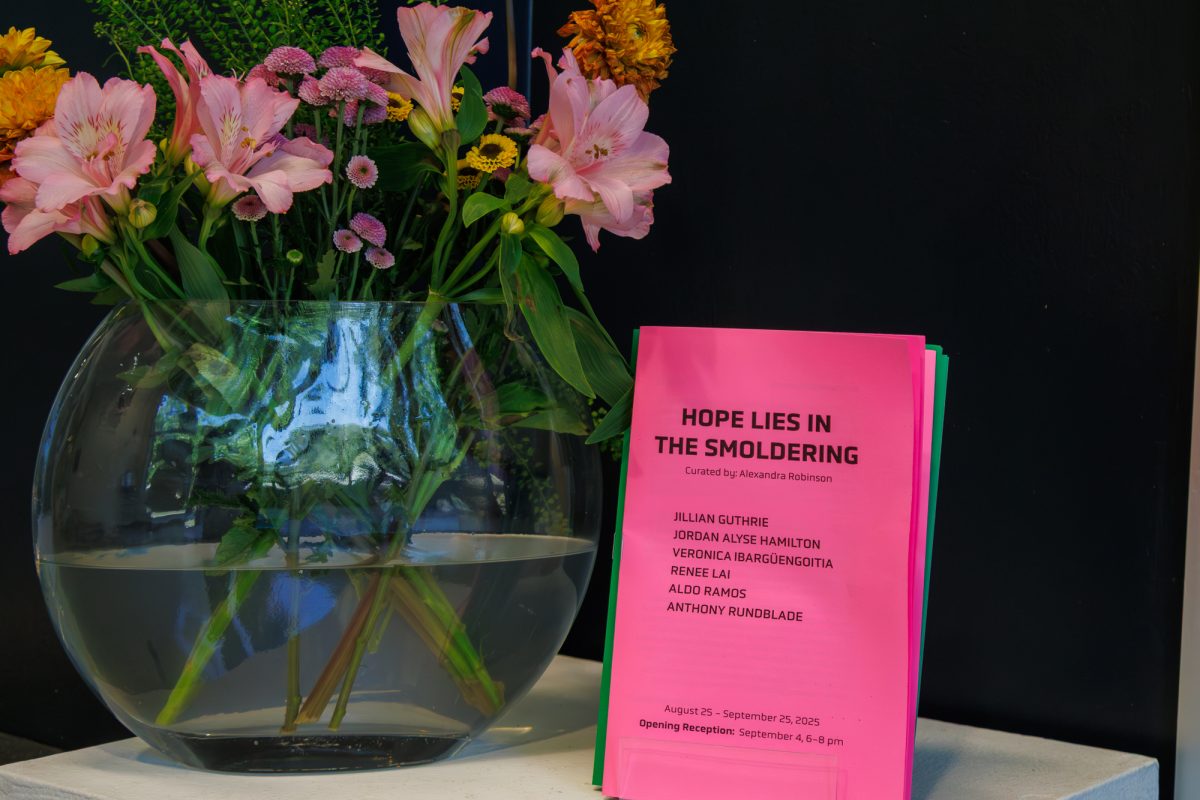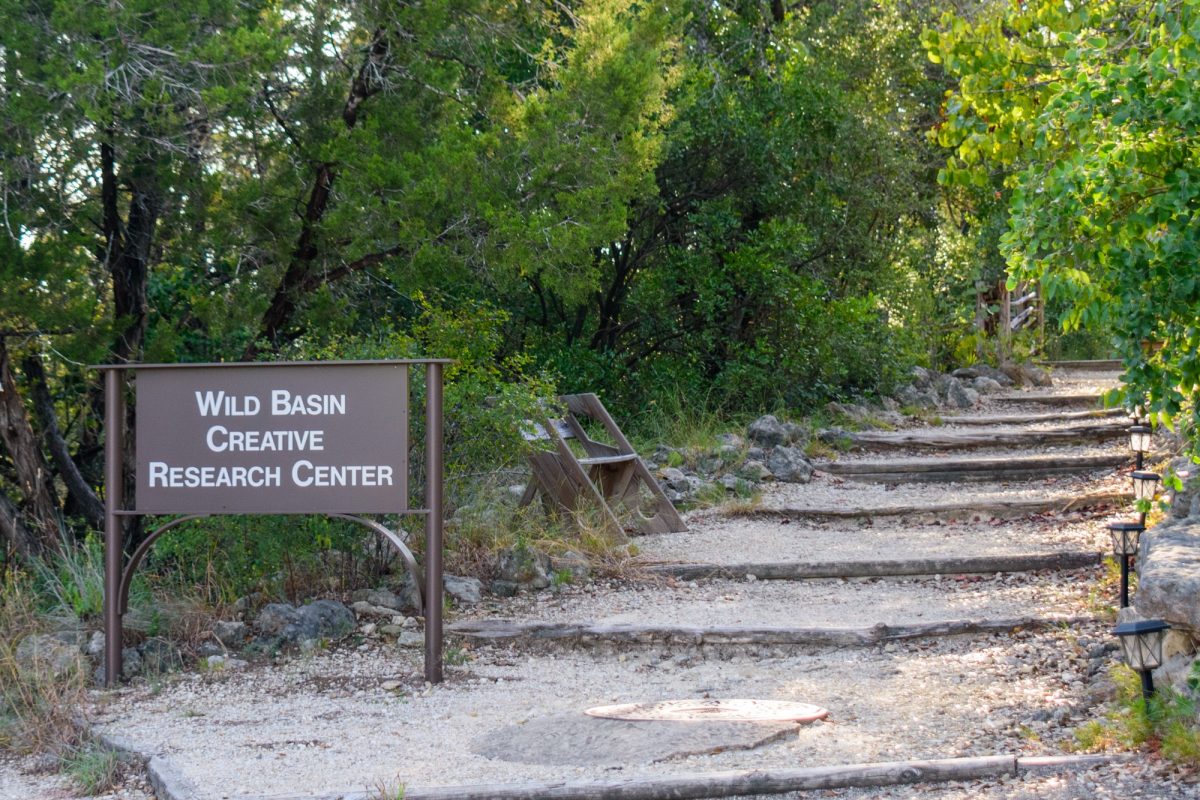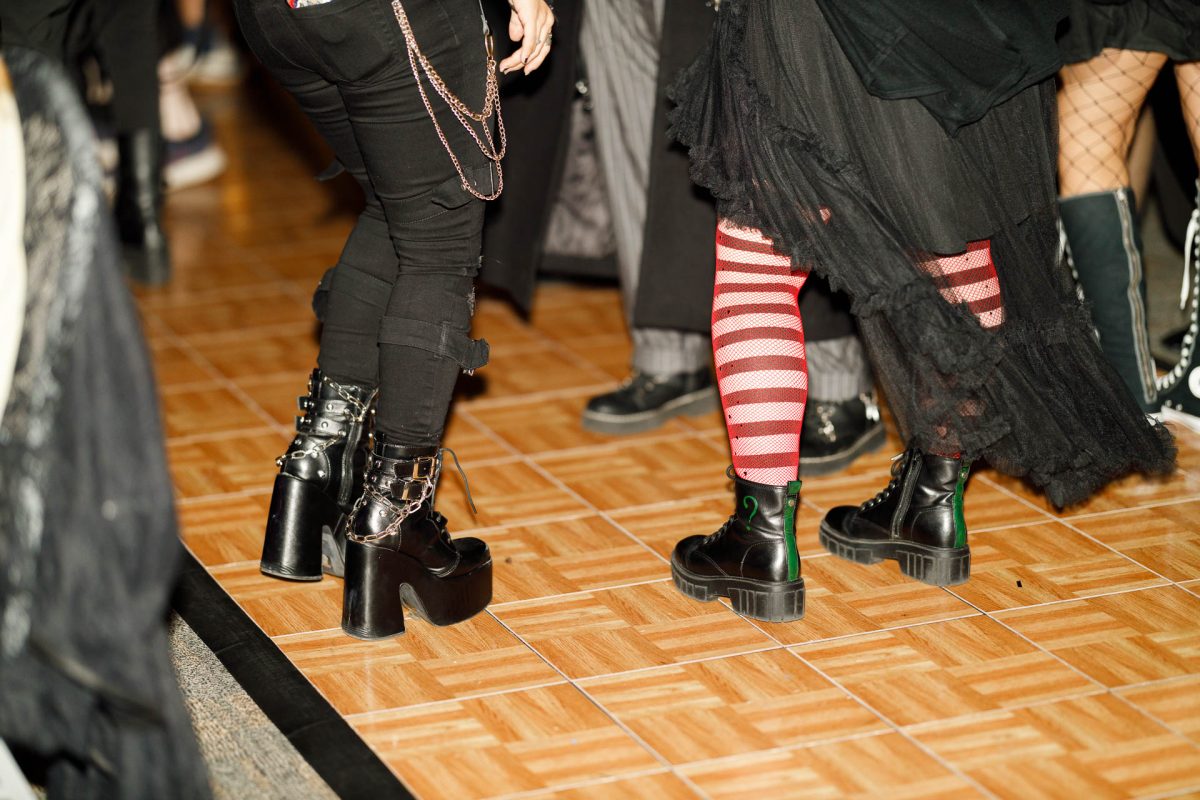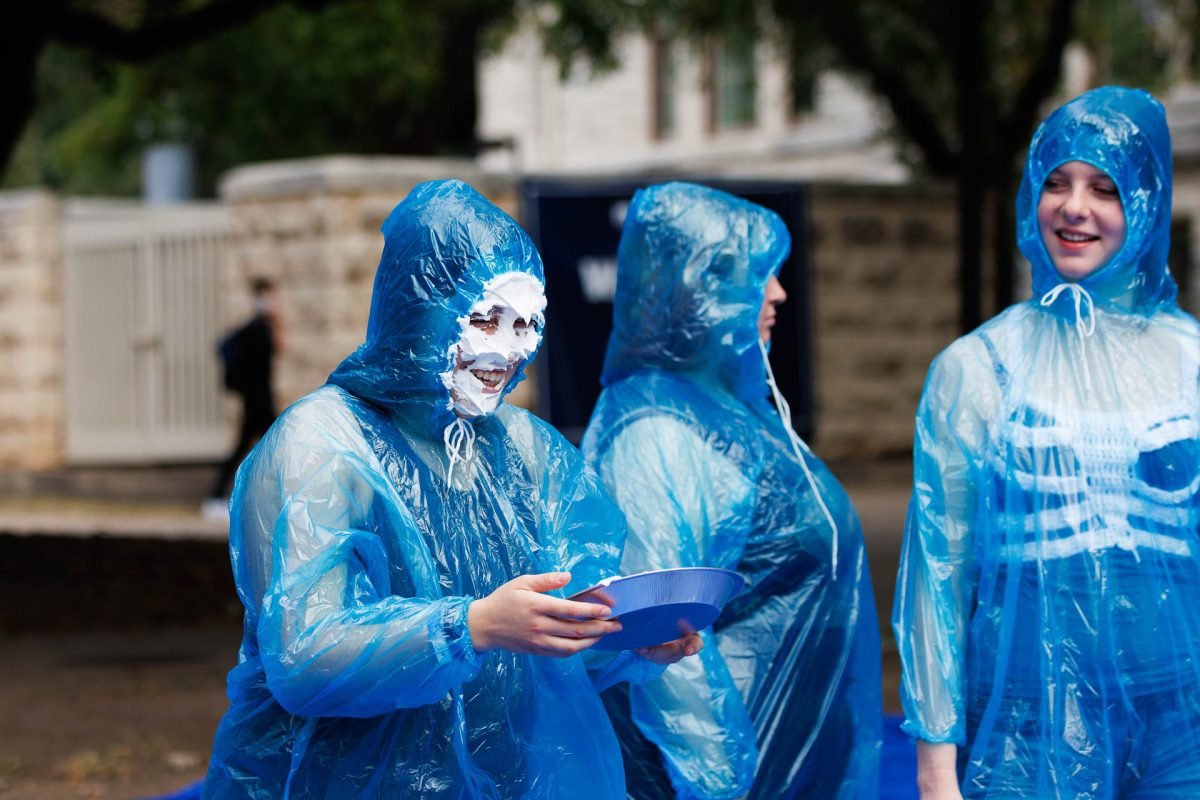For the first time in 50 years, the Pecan Street Festival was held outside of downtown Austin, moving to the Hill Country Galleria in Bee Cave on Sept. 13–14. The festival, known for showcasing local artists and small businesses, had been a fixture on Sixth Street since its founding. Organizers announced the move in March 2025 after city plans to reopen weekend traffic on Sixth Street and expand sidewalks for pedestrians left no room for the event. The change also comes after years of frustration among vendors. Many told KUT that downtown parking shortages, limited vendor space and growing safety concerns tied to Austin’s rising homeless population had made the festival increasingly difficult to attend and enjoy. Despite the new setting, the Pecan Festival remains a community tradition, offering visitors the chance to browse art, crafts, food and live entertainment while supporting local creators.
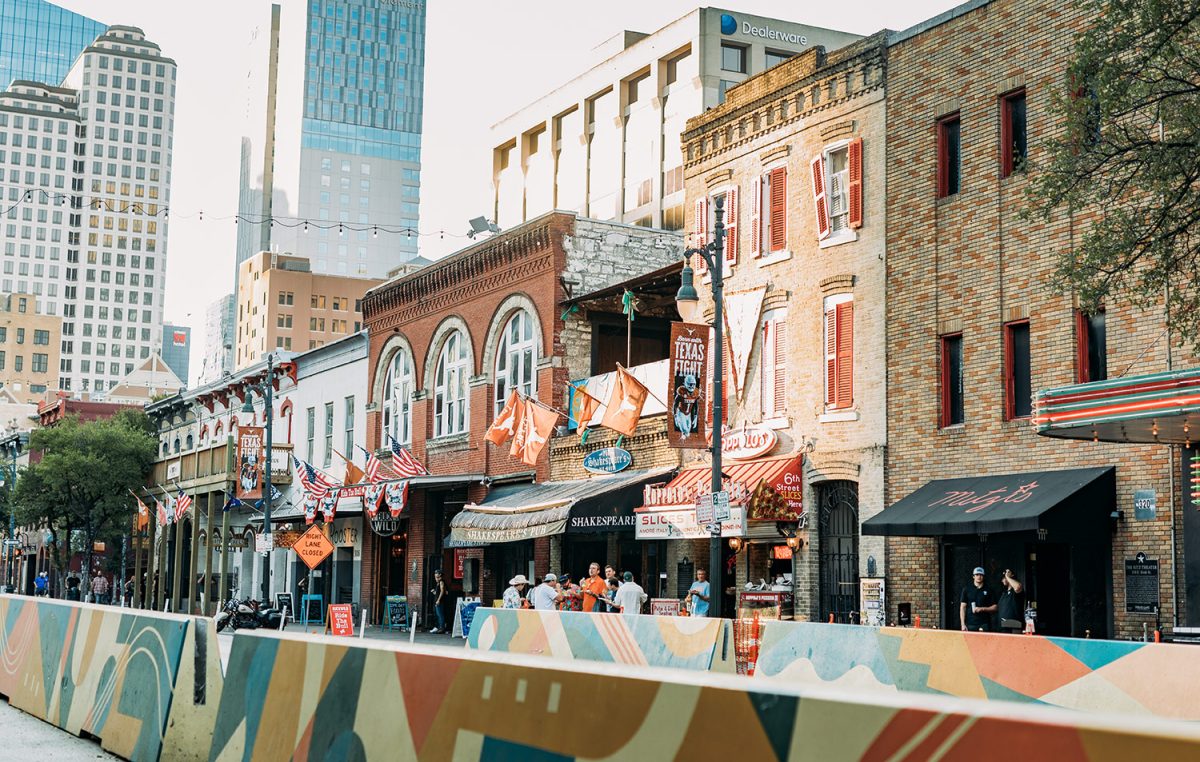
The Pecan Street Festival takes its name from Sixth Street’s original location. When Edwin Waller, the first mayor of Austin, designed Austin’s street grid in 1839, north-south streets were named after Texas rivers, while east-west streets were named after trees. Pecan Street was one of those early names, before the city later switched to numbers. The festival has continued to use the historic name as a tribute to its roots in downtown Austin. Despite its new home, the Pecan Street Festival remains committed to its tradition of celebrating local creativity.
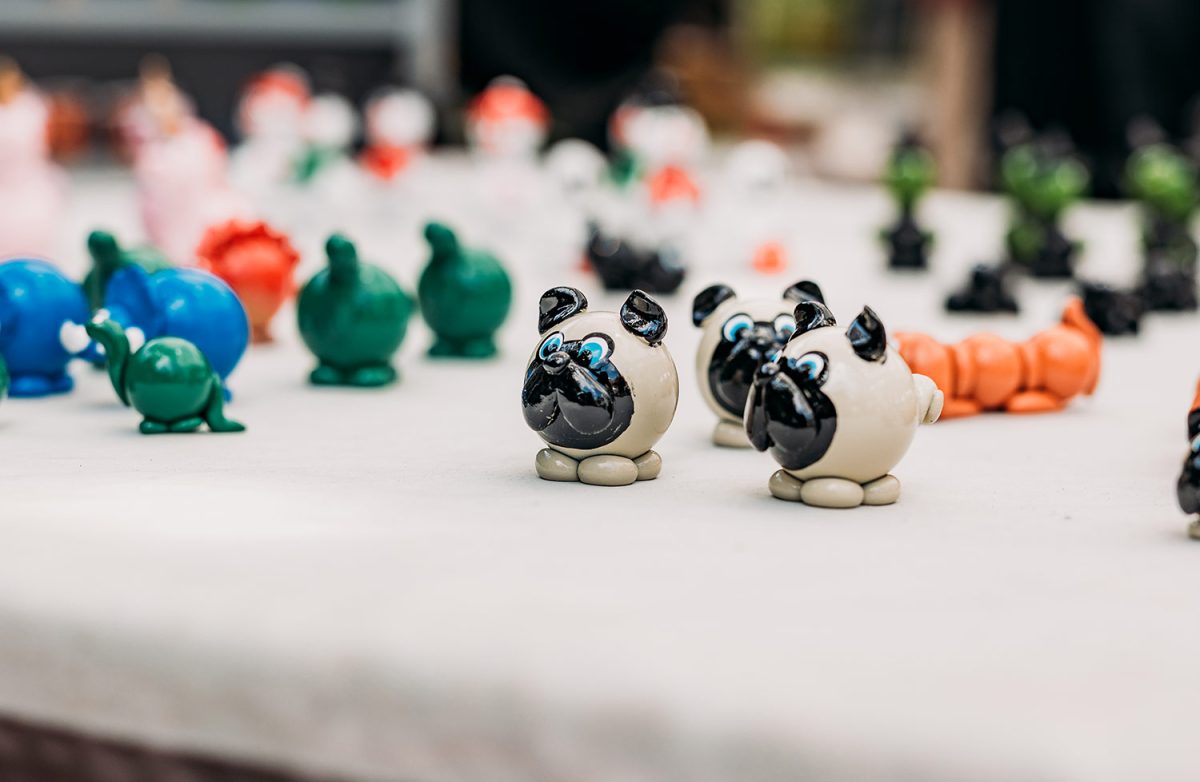
The creator of Marblies — who asked to remain anonymous — reflected on the festival’s move. She has been attending for more than 30 years and said the change stirred mixed emotions. While she appreciates the new location, she admitted she misses the energy and character of Sixth Street, where the festival had been rooted for decades. “I’m not a fan of the new location (Hill Country Galleria), this location is so far from downtown, a lot of my customers can’t make it up here, you know,” said the creator of Marblies. “I miss the atmosphere of downtown and sixth street — the street food, and I really miss the live music on every corner.”

The Pecan Street Festival draws more than 200 vendors each season and attracts roughly 400,000 visitors annually, generating over 10 million media impressions, according to the organization’s website. What started as a small street fair has grown into one of the largest and best-known arts festivals in Texas, welcoming both local creators and artists from across the country. For many artists, it is not only an opportunity to sell their work but also a chance to connect with other makers and build community with attendees who return year after year. Admission to the festival is always free, thanks to sponsorships and vendor fees that cover operating costs. A portion of vendor proceeds also goes to the Pecan Street Association (PSA), which gives back to the community by supporting local nonprofits.
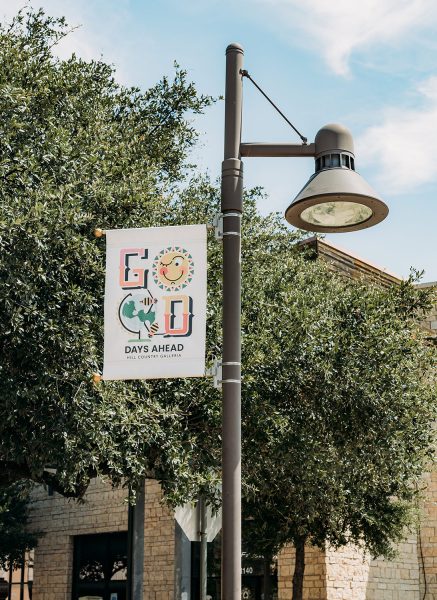
“This was actually my first time at the Pecan Festival,” said Jolie Aguirre, a Buda resident. “I had always heard about it when my friends would go, but I never made it to the actual festival. I actually went to the Galleria to shop and saw it, and I wanted to check it out. There were so many booths to walk through, the food smelled good and I ended up talking to some of the artists. It was so fun to go walk around — I’ll definitely be back next year.”

